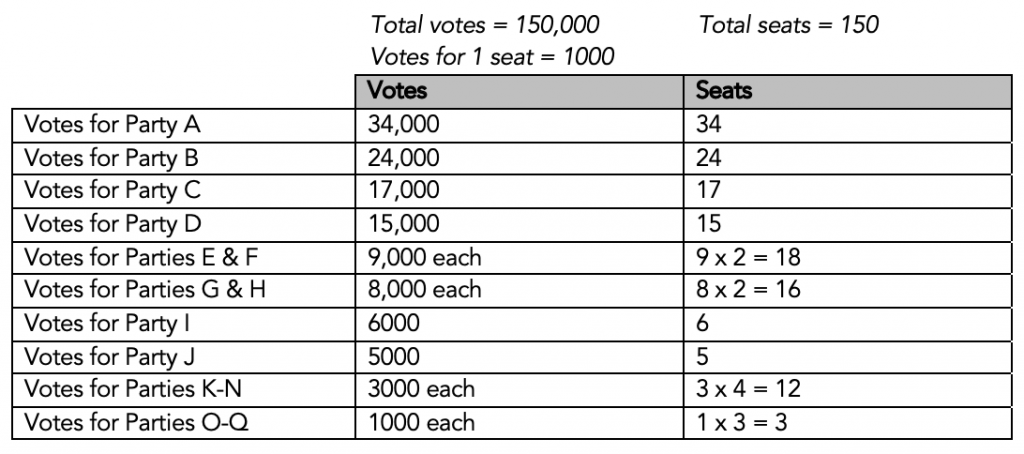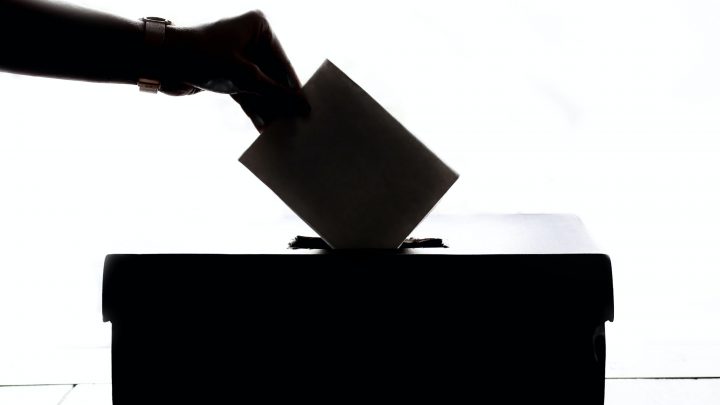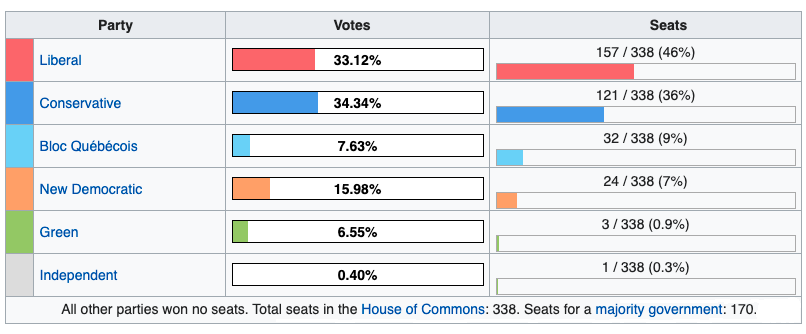I’ve just voted in the third national election in three years and it’s the only one where I feel like my vote matters. I have three citizenships: Canadian, American and Dutch. And although I can vote in all three national elections, I always feel like my votes in the first two countries are a bit of a show without much substance.
The US is a Dumpster Fire
Everyone knows a lot about the US system and what a hot mess it is these days, so I don’t need to talk about gerrymandering and the Electoral College and all those fun topics. I vote in New Mexico, where my father lives, in a reliably blue county and state. I know it’s important to vote to make sure it stays that way (Every Vote Counts!) and I dutifully email my ballot in each time, but it really doesn’t feel like it makes a difference. Only a few states have that power.
Canada Limited by First Past the Post
Canada is doing pretty well by most standards, but when I vote there I also have difficulty feeling like it counts. For most of the time I’ve lived in the Netherlands, I couldn’t vote in Canada, but in 2019 the Supreme Court ruled that expats could vote, no matter how long they’d been gone or their plans for coming back. To vote in the federal elections of that year, I needed to register in the riding of my last address—whether that’s where I last lived or my parents’ address (which I still use for some things) is an open question. But, like in the US, my vote was unlikely to make a difference in either place. Both these ridings are among the 30% of those across the country considered “safe” for the party who holds them. The last riding I lived in is the strongest of the NDP (social democratic) strongholds, while my parents live in a staunchly Conservative riding (which does not match their political choices). And in a first-past-the-post system, only votes for the winning party count, just like in the US.
My vote also feels a bit wasted because, also just like in the US, there’s a difference between what the popular vote says and who’s in power. At the moment, there are five parties with seats in Parliament (the Conservatives (right), the Liberals (middle), the NDP (left), the Bloc Québécois (Québec separatists) and the Greens). In the last election in 2019, the Liberals got 33% of the vote, but 46% of the seats, mostly because of the NDP and Greens got far fewer seats than their popular vote would indicate. Their support is spread over more ridings, while the Conservatives and the Bloc are more clustered.
It is of course also possible the popular vote itself may not be entirely representative, as some people vote strategically, going for their second choice in order to keep another party out, especially in ridings known to swing between parties, which can cut votes to smaller parties who are unlikely to win. In my case, I chose to register at my last address in the social democratic safe place and vote Green, knowing that they wouldn’t win the riding but wanting to provide them with visible support. However, if my riding had been anything but super safe, I probably would have strategically voted NDP just to make sure that vote splitting didn’t allow the Liberals to win.
Where My Vote Actually Matters
In the Netherlands, I feel like my vote in the general election last week actually counted. But how exactly it counted can seem complex to those of us used to a district system. There is a lot of choice: 37 parties participated in this last election, each with a list of up to 50 candidates. The ballot is the size of a small tablecloth to fit the names of all the candidates, all 1579 of them. You vote for one candidate of this mass, filling in a circle next to their name with a red pencil. 1
Seats are allocated on the basis of how many votes the party gets. The total number of votes cast is divided by the number of seats in the house (150), to give the number of votes needed to get a seat. Then each party who gets at least that number of votes get one seat for each multiple of that number. You can see a simplified version in this table (which does represent the seat distribution of the 17 parties that won seats this time). I won’t go into all the parties here, except to say that A is the party of the current Prime Minister and that overall the right did better than the left. If you want more details, go here.

Of course, in real life things don’t work out that neatly. Parties have extra votes that aren’t enough for a seat, and some parties don’t get enough votes for even one seat. There are complicated formulas to figure out how to distribute these leftover seats. But for the most part, the make-up of the parliament reflects actual voting in a way simply not possible in other systems.
Your choice among the 1579 candidates can also make a difference. The total votes the party gets determine the number of seats it gets. But the allocation of those seats doesn’t always go straight down the list. If a candidate gets at least 25% of the votes needed for a seat (250 in this example), they are guaranteed a place no matter where they are on the list (if their party has enough seats). After they get their seats, the remainder are given to the other candidates in the order they appear on the list. So, if party H, for example, got 8 seats based on the total votes for their party and numbers 1, 2, 4, 9 and 10 got at least 250 votes for themselves, the party would then seat numbers 1, 2, 4, 9, 10, 3, 5 and 6. Candidates 7 and 8 wouldn’t get a seat. This adds another level of representativeness to your vote.
It does seem complex, but like most things, it’s easy once you’re used to it. And what I love about it is that my vote means the same as any other vote, plus it has a direct influence on which parties make up the government. I can simply vote with my heart and know that it matters.
Nowhere is Perfect
Of course, not all is rosy when it comes to representation in the Netherlands. A government still needs to be formed, which is difficult when that requires a coalition of at least four parties to get a simple majority. After the election, the biggest parties have to figure who they can come to a coalition agreement with. The parties within the coalition hammer together a comprehensive package of agreements, which bind the parties to voting certain ways on certain subjects. While it would be difficult to govern without that, it does make debate on the subjects somewhat limited. The parties in the coalition are bound by their agreement and those outside it can’t get a majority. This limits the democratic functioning of the government after the election.
However, the problem of a lack of meaningful debate with the parliament is shared by all three systems. We’ve definitely seen it the US, with the Republican stranglehold on the Senate. And in UK-based parliamentary systems like Canada, the governing party usually has a majority and the party controls the vote on important topics with party whips. I’m not sure if there is a system that combines effective governance with free debate on issues – I’d love to hear about it if there is.
So, despite the problems inherent in a coalition government, the Netherlands is still my favourite place to vote. Oh, I’ll keep sending in my other ballots, as I do believe in doing my part in a democracy, but I will especially relish the more direct influence I have here in the lowlands.
Ballots are only valid if filled in with a red pencil—normally this pencil stays in the booth but this year Covid precautions meant that we ended up with stubby souvenirs.↩






